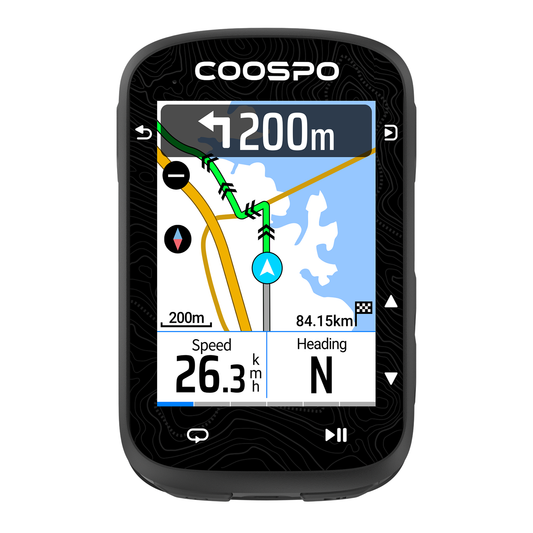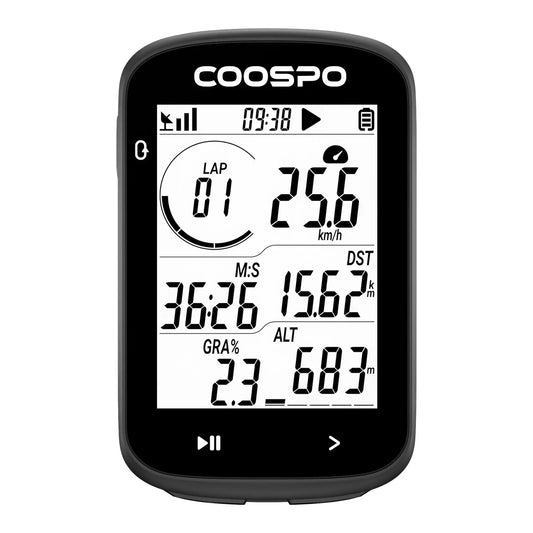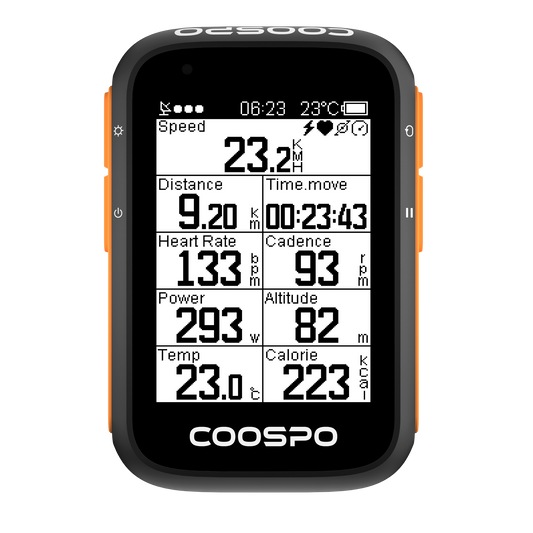Your Ultimate Guide to Cycling for Weight Loss
Cycling is an enjoyable and effective way to lose weight and maintain fitness. Whether you’re new to exercise or an experienced athlete, cycling offers unique benefits for weight loss that many other forms of exercise can’t match.
In essence, while cycling serves as an effective means for weight loss, it also offers a myriad of additional benefits that can enhance your overall well-being and inspire a lasting commitment to this rewarding activity.
Cycling is a great option for losing weight. In this article, we'll look at why it's effective and share some tips to help you get better results.
Why Cycling for Weight Loss Is a Smart Strategy
Biking can really help you meet and even exceed your physical activity goals. Here are some great reasons why cycling is excellent for weight loss.
1. Cycling Is Easy on Your Joints
One of the primary benefits of cycling is its low impact on the joints. Because cycling is low-impact, experts often recommend it as the exercise of choice for people with arthritis and other joint ailments. Unlike running, which can put strain on knees and ankles, cycling allows you to exercise vigorously with minimal stress on your joints.
This is especially helpful for people with joint pain or conditions like arthritis. To ride without discomfort, it's a good idea to get a proper bike fit, so your knees, hips, and shoulders feel comfortable while pedaling.
2. You Can Ride Year-Round to Maintain Fitness
Cycling can be enjoyed all year round, no matter the season. While outdoor cycling is refreshing, indoor cycling on a stationary bike offers the same benefits, regardless of the weather. With a great indoor bike setup, you’re less likely to skip your routine when the weather gets bad. The Coospo bike computer has an indoor cycling mode, making stationary cycling more fun.
3. Cycling Can Be Your Transportation
No time to exercise? Try biking to work or running errands. You can get a workout without needing extra time.

Riding your bike for daily tasks—like going to the store, commuting to work, or running errands—can give you several hours of exercise each week. This makes it easy to add physical activity to your routine, helping you stay healthy and manage your tasks more efficiently.
Cycling as a mode of transportation not only aids in burning calories, supporting your weight loss objectives but also presents a highly cost-effective alternative to conventional forms of transport. In cities like Amsterdam and Copenhagen, where cycling is deeply ingrained in daily life, residents benefit from the dual advantage of increased physical activity, fostering healthier lifestyles and overall well-being.
4. You Can Choose a Variety of Cycling Workouts
Whether you love long, steady-state rides or pushing through all-out intervals, you can do both easily and happily on a bike. Plus, you can switch up your intensities between different heart rates and power zones, testing your body in ways that can lead to improved body composition.

Hybrid-style training, which combines endurance and interval training, emerged as the second most effective approach for enhancing cardiometabolic health, including improvements in body composition. Leading the rankings, however, was the integration of aerobic exercise with resistance training, which proved to be the most beneficial strategy.
5. Zone 2 Cycling Means You Can Go All Day
Zone 2 training is when your heart rate is at 60–70% of its maximum. This training is great for burning fat and building endurance, as you can do it for a long time without getting too tired. Staying in this “fat-burning zone” is an effective way to lose weight without pushing yourself too hard. Fitness expert Dr. Stacy Sims explains that Zone 2 training is helpful because it uses fat for energy, which helps your body become more flexible in using different fuels over time.

If you want to track your heart rate while cycling, the Coospo heart rate monitor is a great choice. It has a simple 5-color light indicator that helps you easily stay within your ideal heart rate zone, improving both your workout and cycling experience.
How to Support Your Cycling for Weight Loss Efforts
Bike riding is a great way to manage weight because it offers different approaches. You can ride fast and hard to burn a lot of carbs, or go slower and steady to burn more fat.
As mentioned before, exercise isn’t the only thing that affects weight management. To get the most benefits from cycling for weight loss, also pay attention to these other habits.
1.Find Friends to Hold You Accountable
Research consistently demonstrates that social support—particularly the presence of a workout partner or two—significantly enhances the likelihood of adhering to a fitness routine. This sense of accountability and camaraderie not only fosters consistency but is also pivotal in achieving sustained progress, whether in improving physical fitness or shedding unwanted weight.

Cycling is a social sport, and just like groups of buffalo or geese, cyclists have their own name: a peloton. It’s easy to find local cycling clubs online where you can join rides with others who have similar fitness and skill levels.
2.Add HIIT Training to Your Schedule to Burn Fat
Your body burns fat through oxidation (part of breathing) and by metabolizing (or using) the triglycerides stored in fat cells. As your body metabolizes the triglycerides and burns the fat, you exhale the waste product (carbon dioxide) with every breath. In other words, when you’re breathing hard, you’re burning fat.
Rides that include short, intense bursts of effort are proven to burn fat more effectively. To increase fat burning, add HIIT (High-Intensity Interval Training) to your rides twice a week.
3.Switch Up Your Rides to Avoid Plateaus
When you do the same workout over and over, your body gets used to it, and progress slows down. Changing up your rides by trying different terrains, durations, or adding resistance helps keep your body challenged and your metabolism working harder.
Plan your weekly rides so that each one is a little different. One day, go for a longer ride; another day, focus on hills; on another day, include steady efforts where you ride at a challenging pace for 15 to 20 minutes, just enough to talk in short sentences. This approach works all your energy systems, helping your body adapt and avoid hitting a plateau.
4.Strength Train to Build Muscle Mass
Cycling helps develop some muscle, especially in your calves and quads, but it often isn't enough to prevent the natural muscle loss that occurs as we age. Losing muscle slows down your metabolism, making it harder to lose or maintain weight, and also reduces your cycling power.
Combining strength training with aerobic exercise is the best way to improve body composition. This mix of resistance workouts and cardio is most effective for achieving better results.

Coospo CS500 bike computer has the training mode, training feature allows targeted workouts for different muscles.
Make Sure to Get Enough Sleep Each Night
If you're not getting enough sleep, it could be the missing factor in your weight loss journey. A study found that getting enough sleep and following a regular sleep schedule can help you be more successful with losing weight.
According to the study, you should aim for at least seven hours of sleep. Remember, your body needs rest to recover from riding, so it can also help you perform better.
Conclusion
The people who are most successful at long-term weight loss are those who take the time to find what works best for them. Managing weight is a lifelong process.
The most important thing is this: if you enjoy cycling, keep doing it no matter what the scale shows. Instead of focusing on losing weight, set some cycling goals that aren't about numbers. And remember to enjoy all the other benefits cycling gives you, too.











